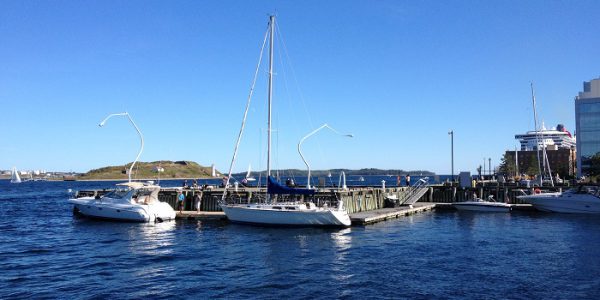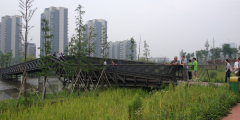2016 Livable Cities Forum: Changing Climate, Changing Communities
September 16, 2016
“The top global risk is the failure of climate change mitigation and adaption” (Global Risk Landscape 2016) Blog post by Emily O’Donnell, University of Nottingham. Earlier this week I attended the 2016 Livable Cities Forum (#LCF2016) in Halifax, Nova Scotia, hosted by ICLEI Canada (Local Governments for Sustainability), Halifax Regional Municipality, and Partners for Action …
Translating Blue-Green theory into practice: winning hearts and minds
June 27, 2016
Guest post by Laura McGinty, Newcastle University. If you’ve stumbled across this blog then the chances are that you know at least a little bit about Blue-Green Infrastructure, and the role of ecosystem services in climate change adaptation and mitigation. You’re probably not the average “Joe Public”, but rather someone with some kind of specialist …
Rotterdam’s visionary flood and water management infrastructure
April 11, 2016
In early April 2016 I visited Rotterdam with an undergraduate student interested in researching the commonalities and disparities between sustainable water management in the Netherlands and the UK, and how (and why) their future visions for resilient cities differ. We had the opportunity to explore the city, see some of the innovate infrastructure that Rotterdam …
Outputs from the Blue-Green Cities Research Project (Feb 2013-2016)
March 10, 2016
The Blue-Green Cities (EPSRC EP/K013661) research team have spent the last three years creating methodologies and frameworks, conducting field and lab work, testing novel techniques, and developing models to evaluate the multiple flood risk benefits of Blue-Green Cities. A Blue-Green City aims to recreate a naturally-oriented water cycle while contributing to the amenity of the …
Improving Flood Resilience: The Blue-Green Advantage (dissemination event 18th February 2016)
January 18, 2016
We need to get more for less in flood risk management. Climate change, economic development and growth increase risk, whilst funding is ever more constrained. Blue-Green infrastructure can help manage these risks whilst offering other multiple benefits; improved quality of life for communities via benefits to health, wellbeing and recreation, increased climate protection from heat …






Recent Comments